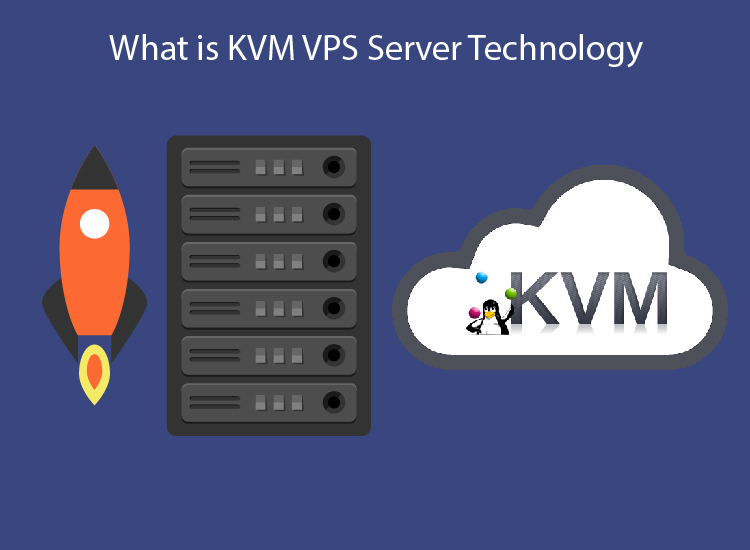
Which VPS Is For Me?
There are numerous KVM VPS solutions on the market today. The features provided by virtualization technology differ. As a result, it is critical that you first determine your requirements before looking for a VPS. Citrix Xen, OpenVZ, and KVM are the most popular technologies supplied by most hosting providers. Each technology has its own set of ups and downs, but more on that later.
OpenVZ is a container-based virtualization Hypervisor for Linux, which means that you can only run Linux OS and make no kernel-level changes. It can also be oversubscribed, resulting in fewer resources and slower speed. Citrix Xen, often known as Xen, solves all of the problems associated with OpenVZ. It is a lightweight hypervisor with a small footprint that cannot be oversubscribed, and the host can run any operating system. Redhat, on the other hand, has dropped Xen support by default in Enterprise Linux 6 in favour of KVM.
What is a KVM Server?
KVM is an abbreviation for Kernel-based Virtual Machine, a virtualization technology that is incorporated into the standard Linux kernel. KVM enables you to run the kernel on the root node, allowing you to run alternative operating systems. KVM requires its own virtualization extensions to be run on the hardware, however this should not be a problem given that most non-Atom Intel and AMD processors include these extensions. A hypervisor is used to accomplish virtualization.
The KVM hypervisor is installed on the machine, serving as the system’s virtualization level and allowing the host system to control the guest virtual machines. KVM virtualization technology is incorporated into the standard Linux kernel, allowing it to function as a hypervisor. Because the guest computer has its own kernel, the kernel will operate as a second level hypervisor. There are various varieties of hypervisors, each catering to a distinct set of needs.
KVM VPS allows you complete control over the values you assign to your resources based on the needs of your application. It just virtualizes the physical resources of the existing system. As a result, the hypervisor will fairly allocate all shared resources such as disc space, CPU time, and network IO. It’s worth noting for developers who want to use an older system as a virtual server that KVM can run a 32-bit guest OS on a 64-bit host. However, given that hosting providers offer KVM VPS hosting alternatives at reasonable pricing, it is not worth the bother.
How to Select Best KVM VPS?
On the internet, there are hundreds of hosting companies to choose from. As a result, it is critical to grasp some critical characteristics that you should look for before settling on a service provider. Because you will be opting for new hosting, live customer assistance will be a must. A issue can emerge at any time, therefore having customer service available 24/7 is essential.
The hosting supplier should be dependable and capable of producing consistent results. Finally, evaluate the pricing of different hosting companies’ plans. While cost should not be the deciding factor, it is still important to choose programmes that will help you save money in the long run.

